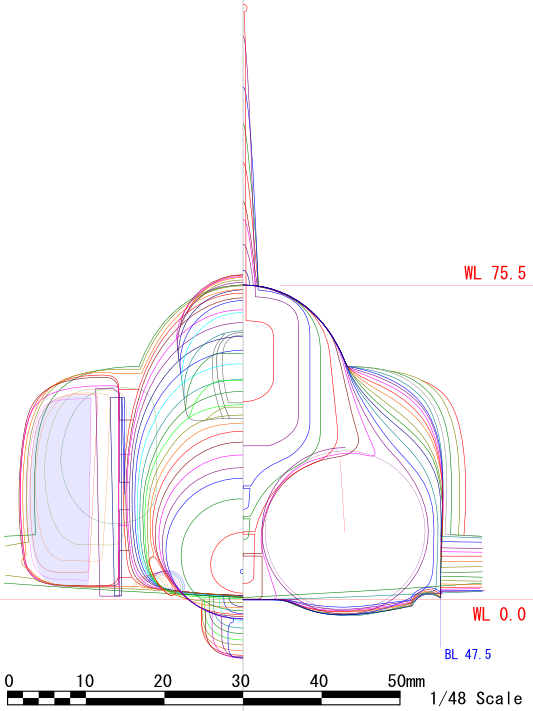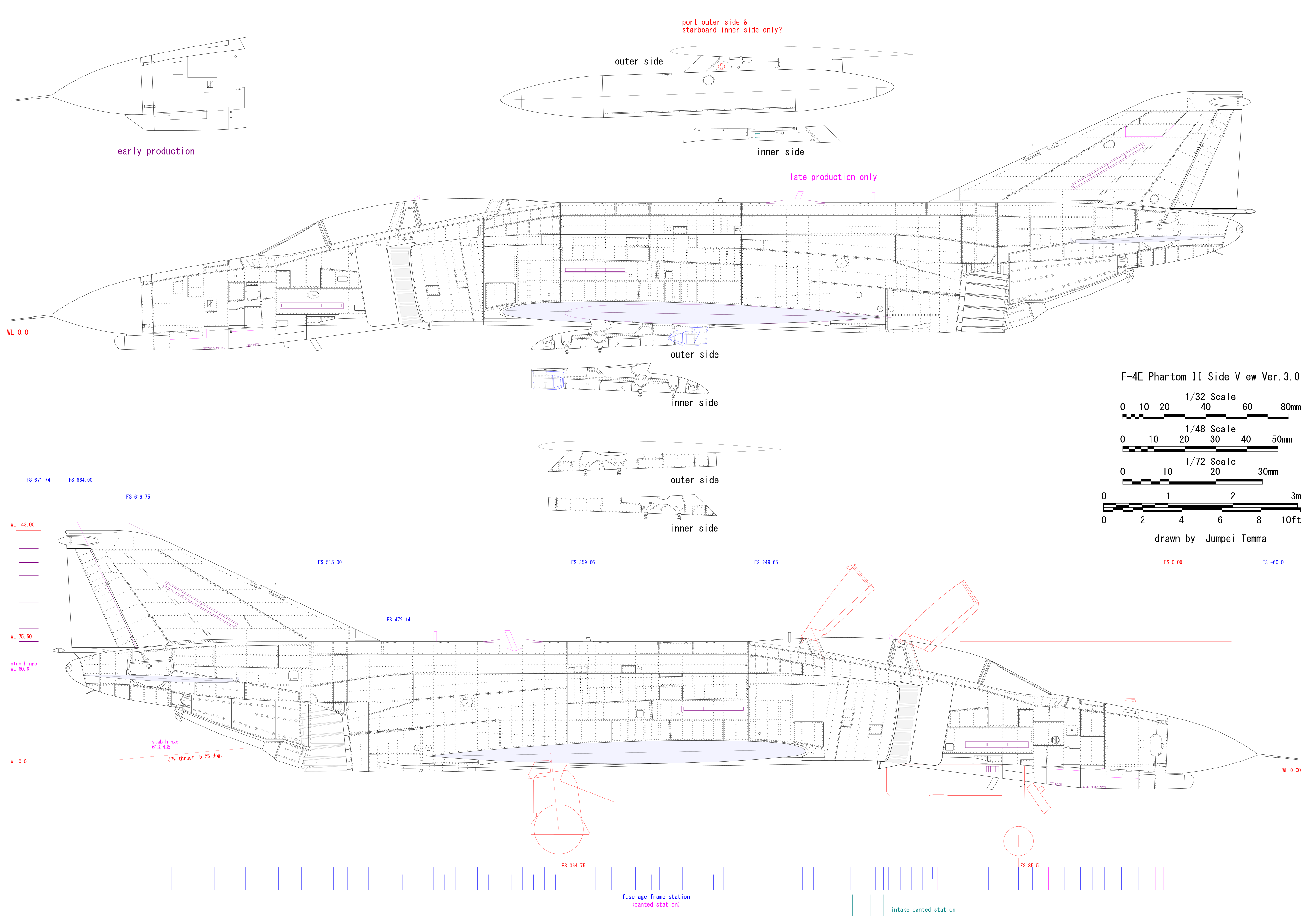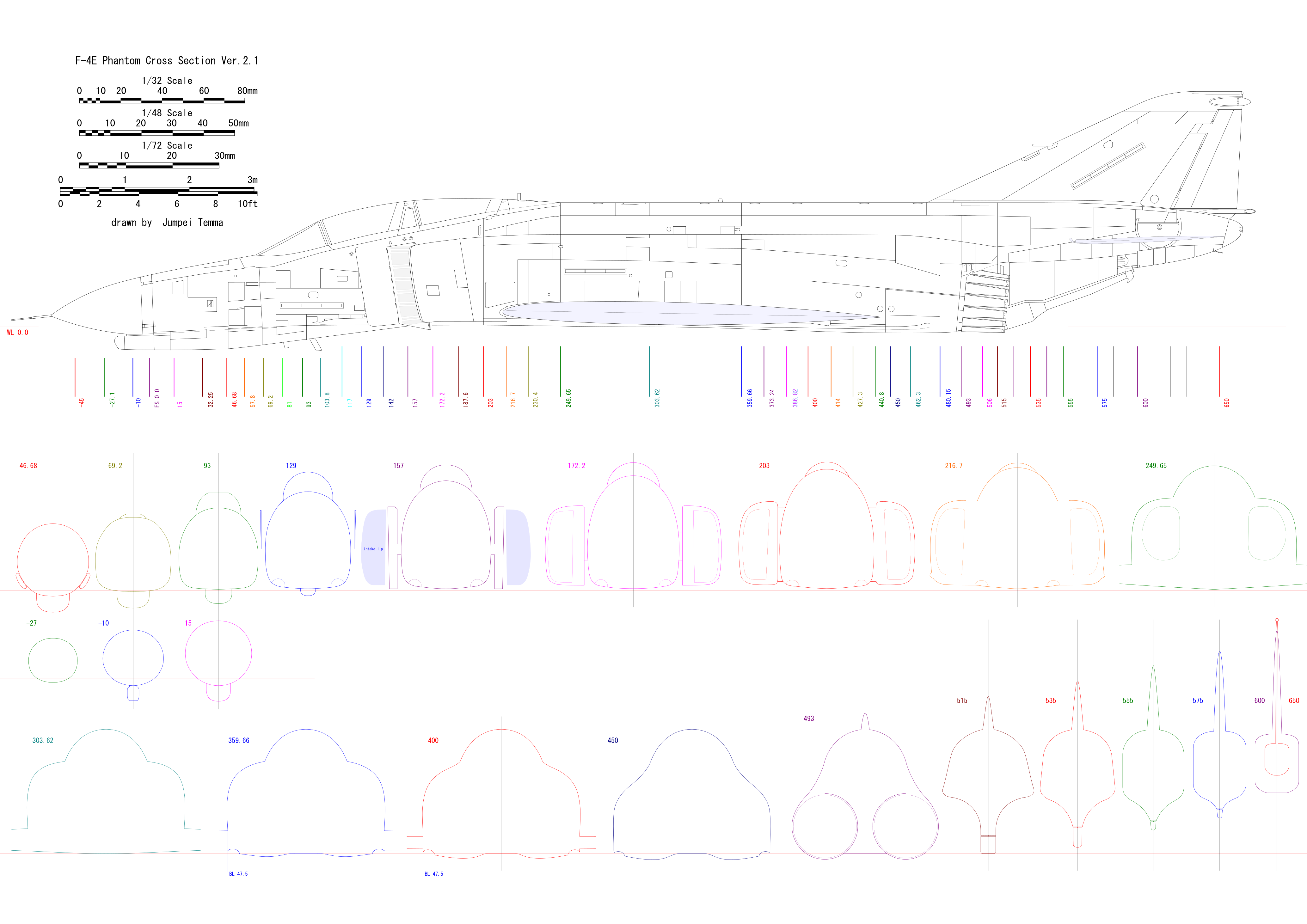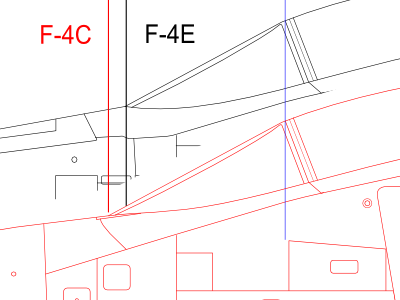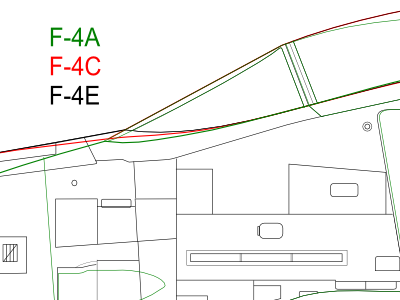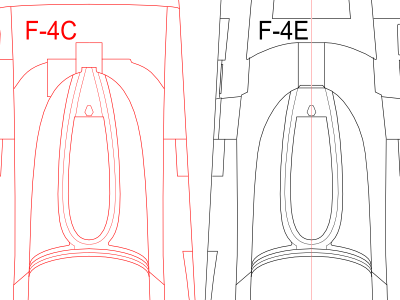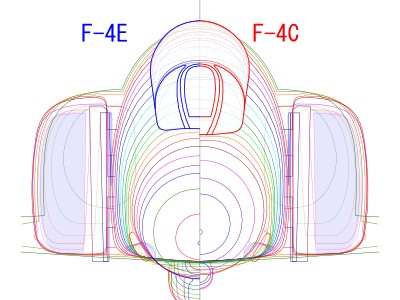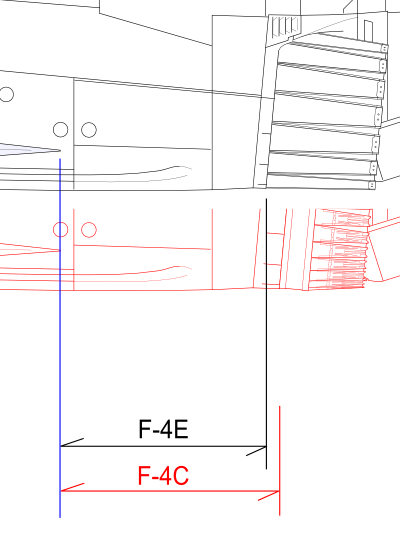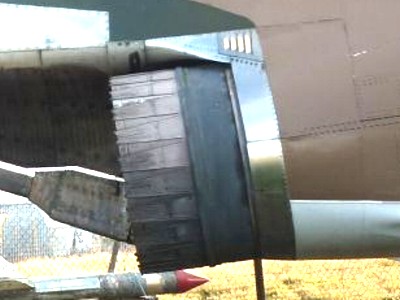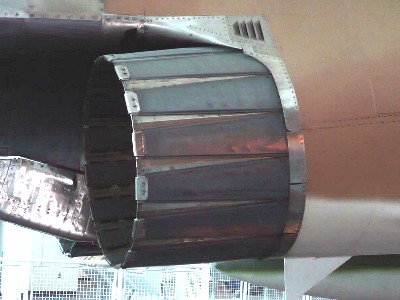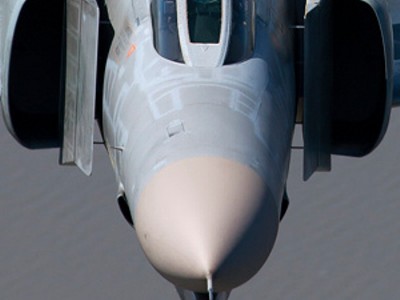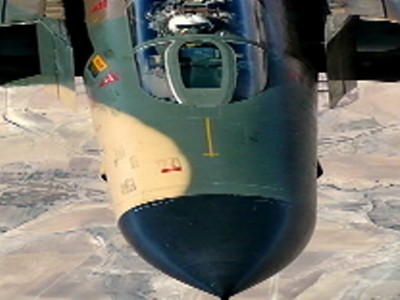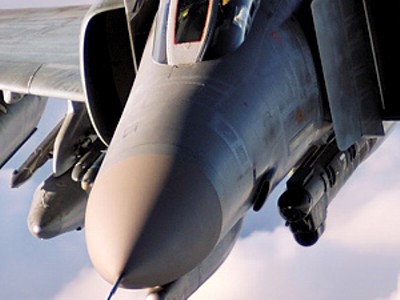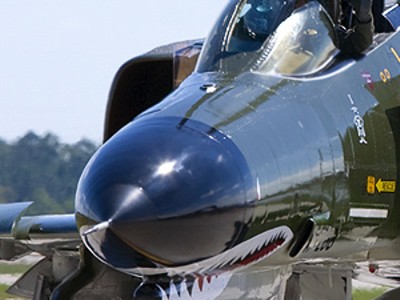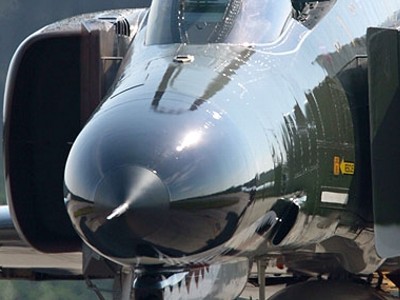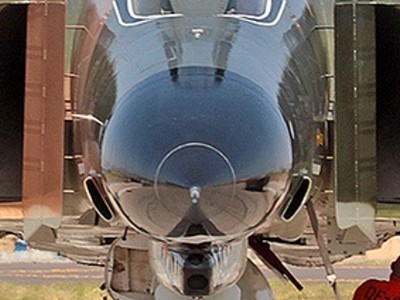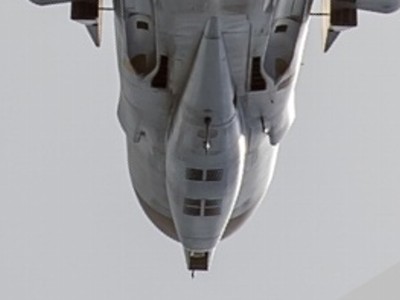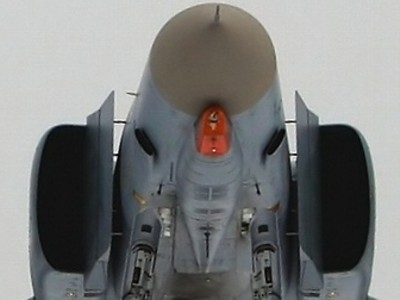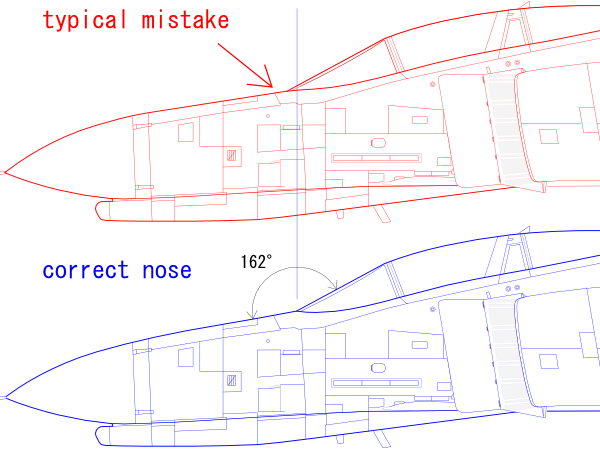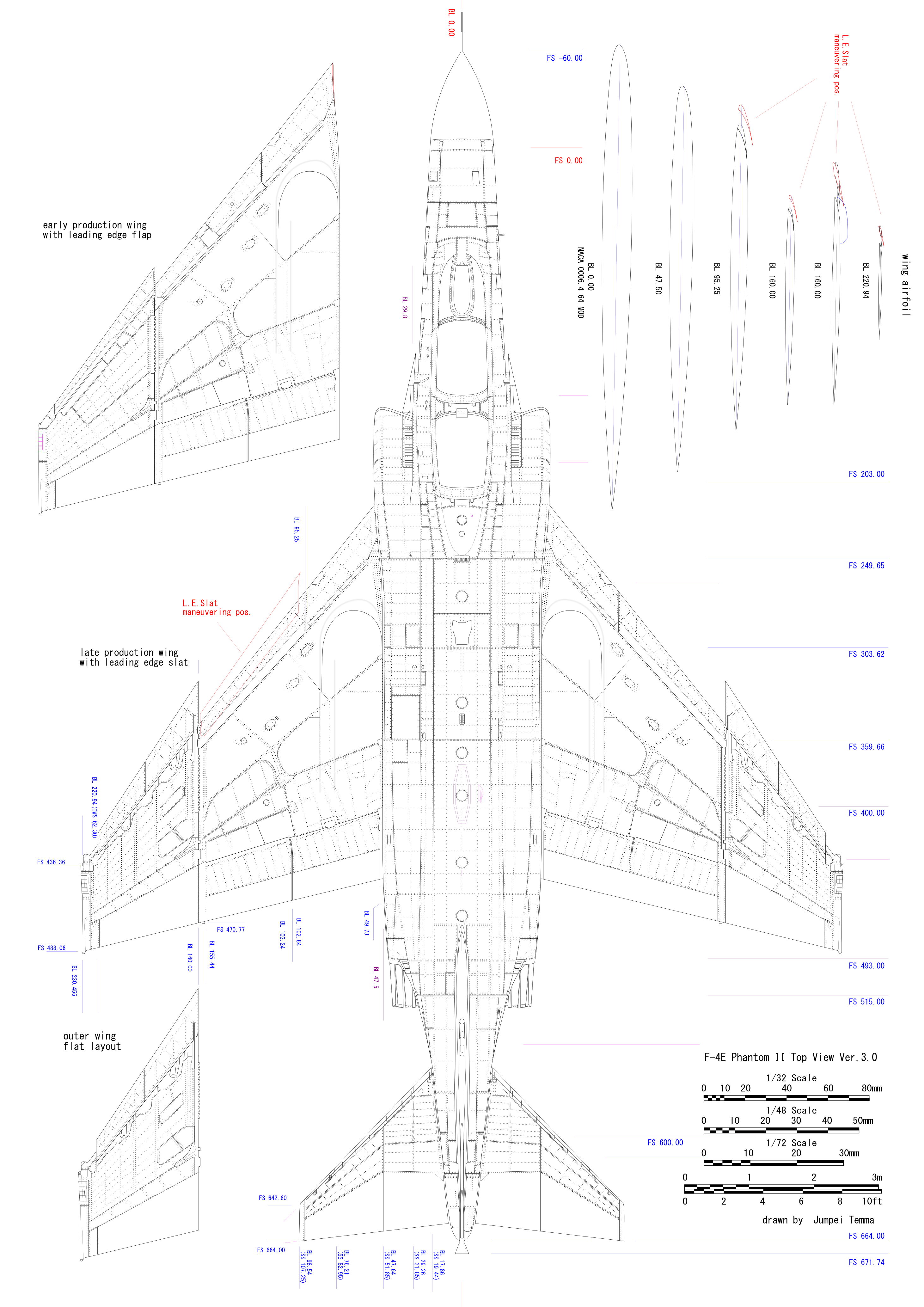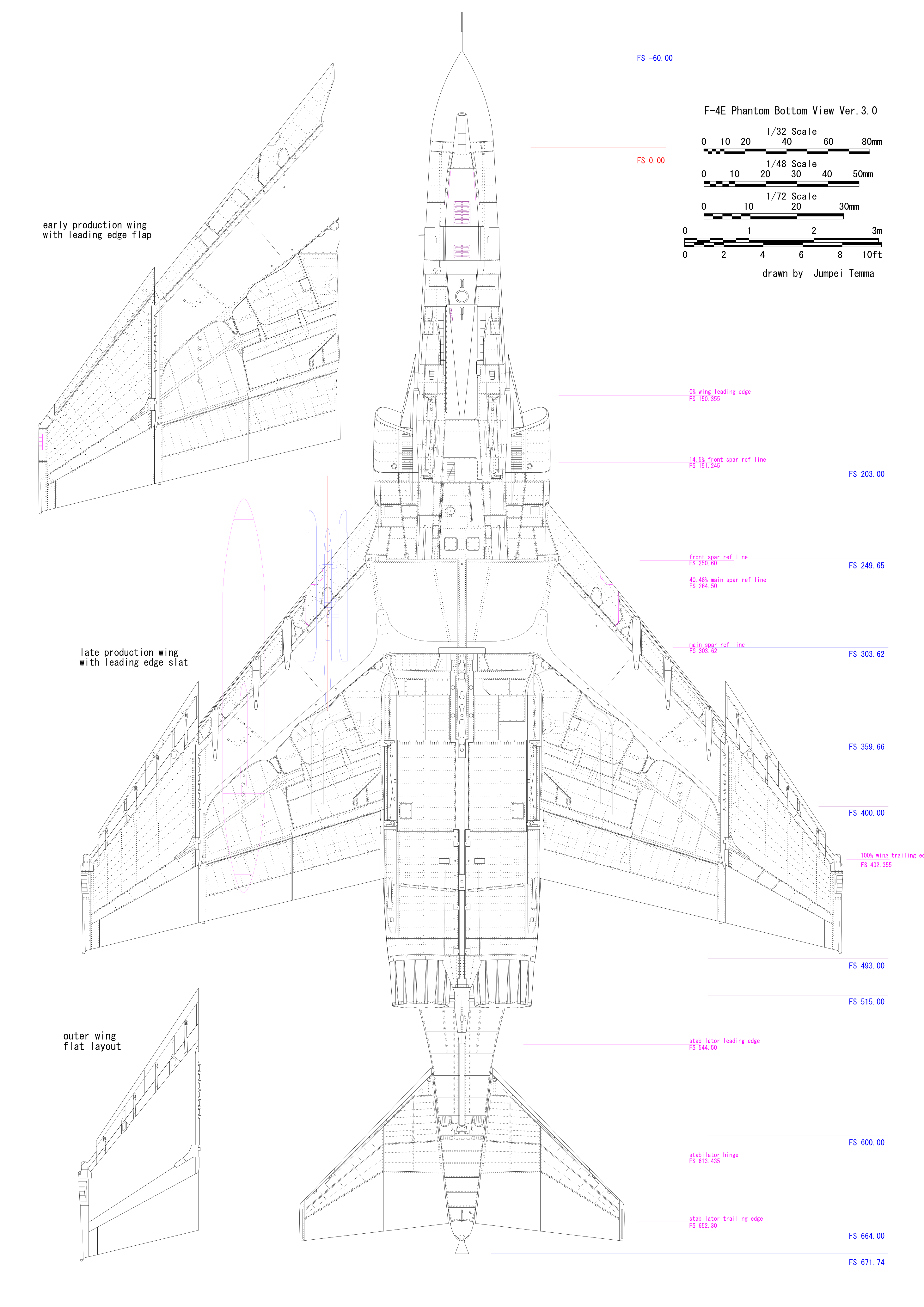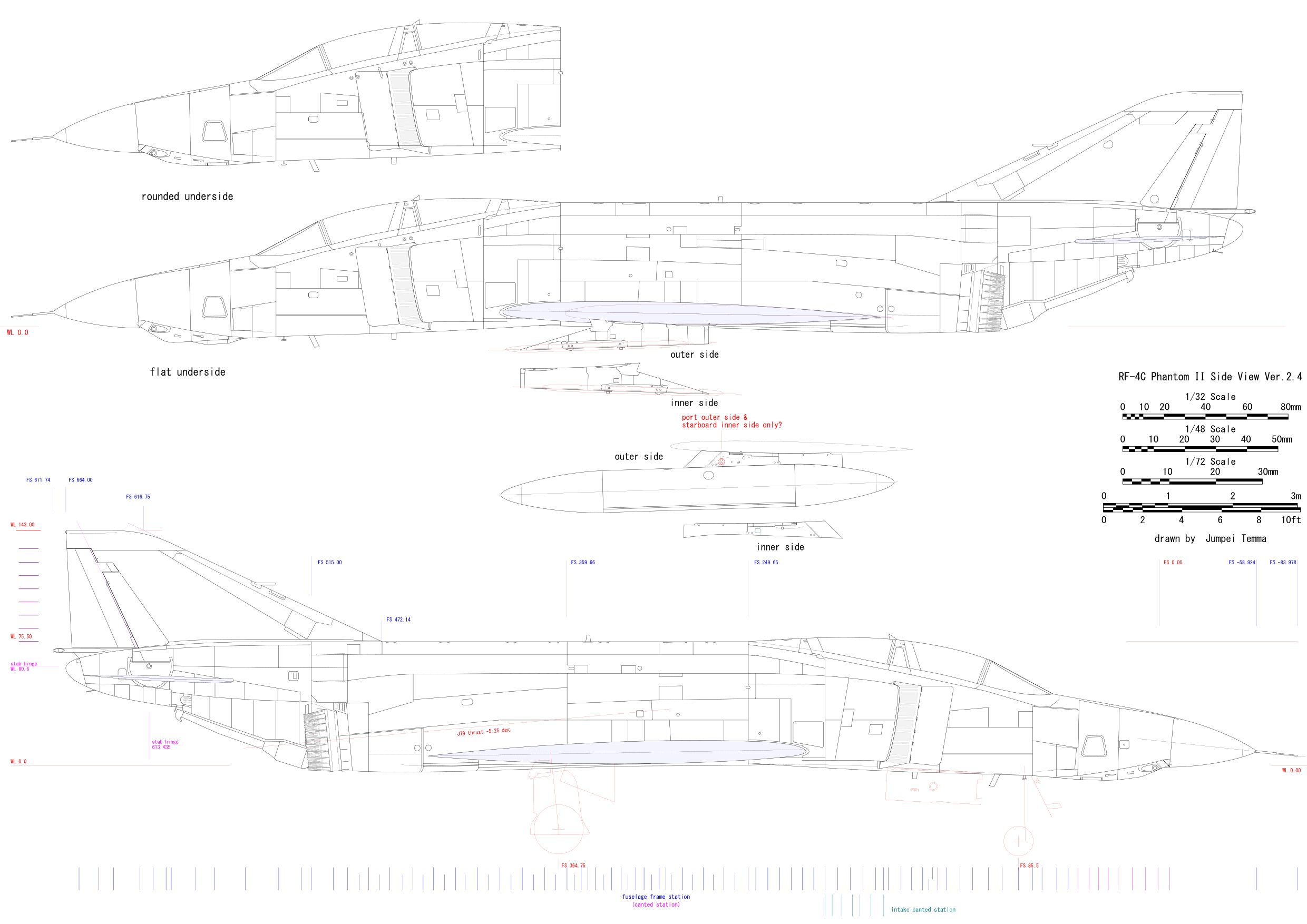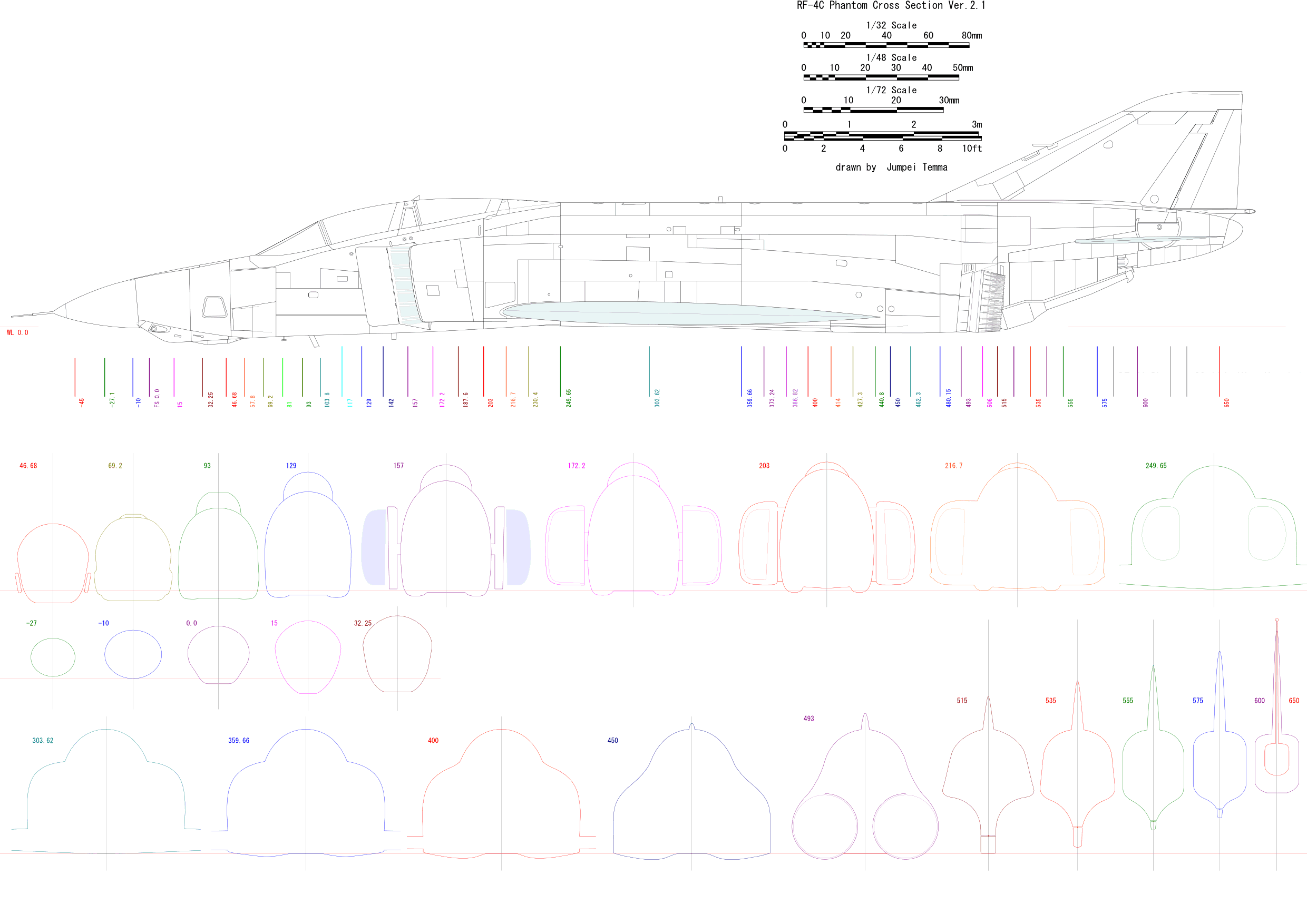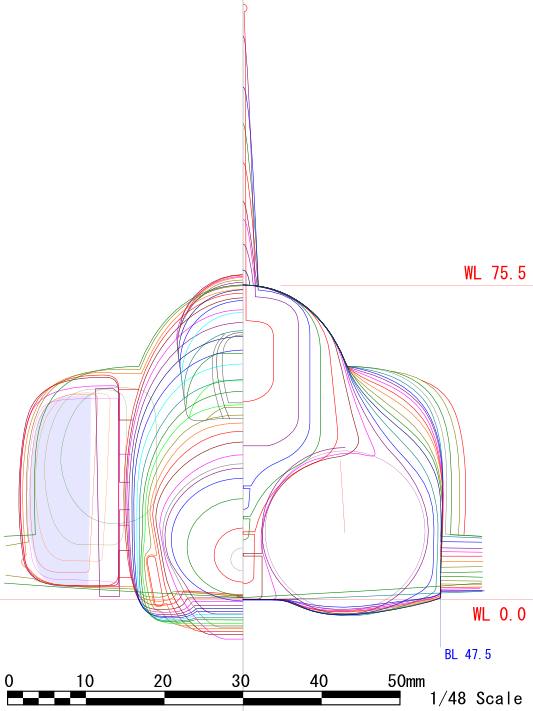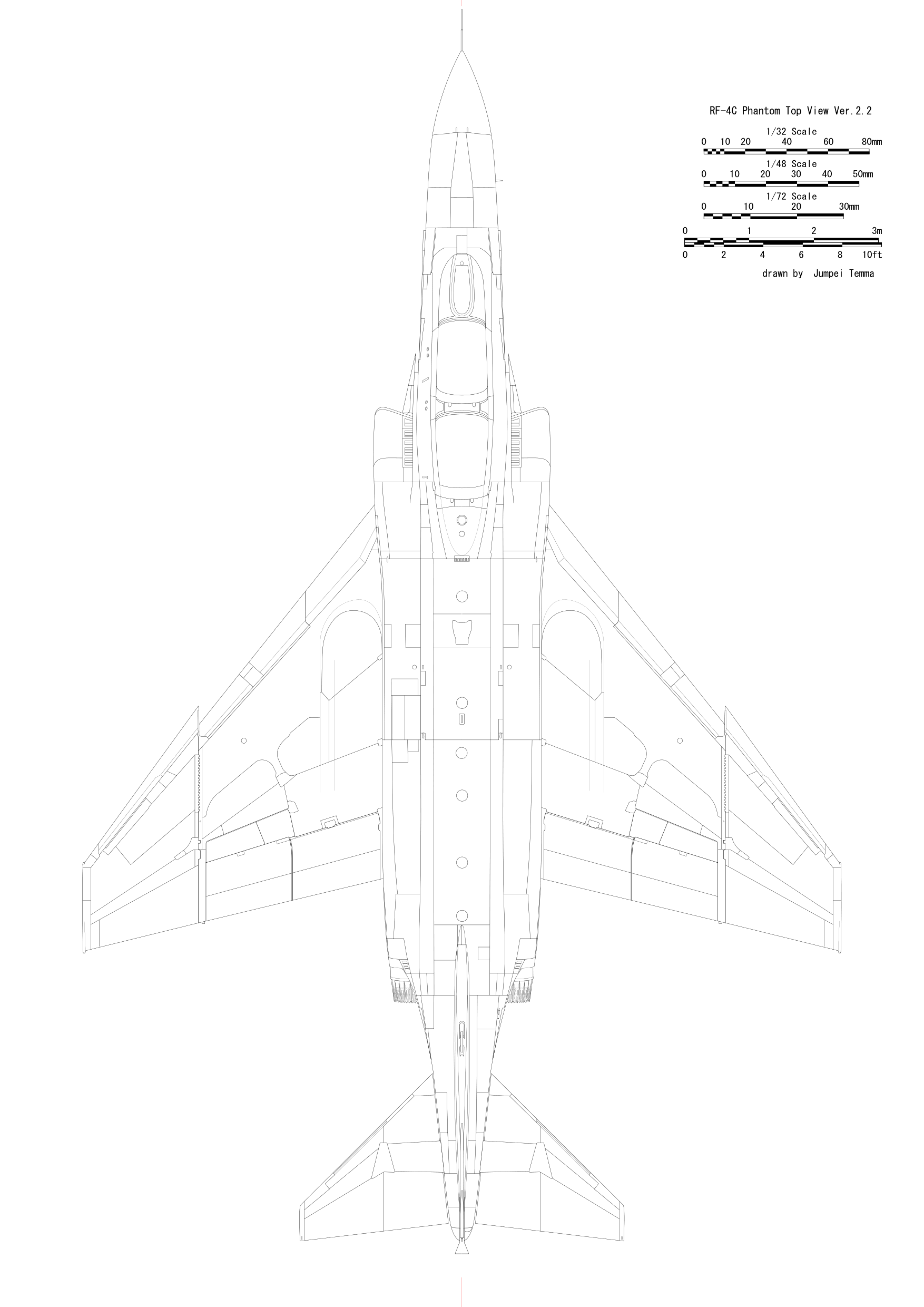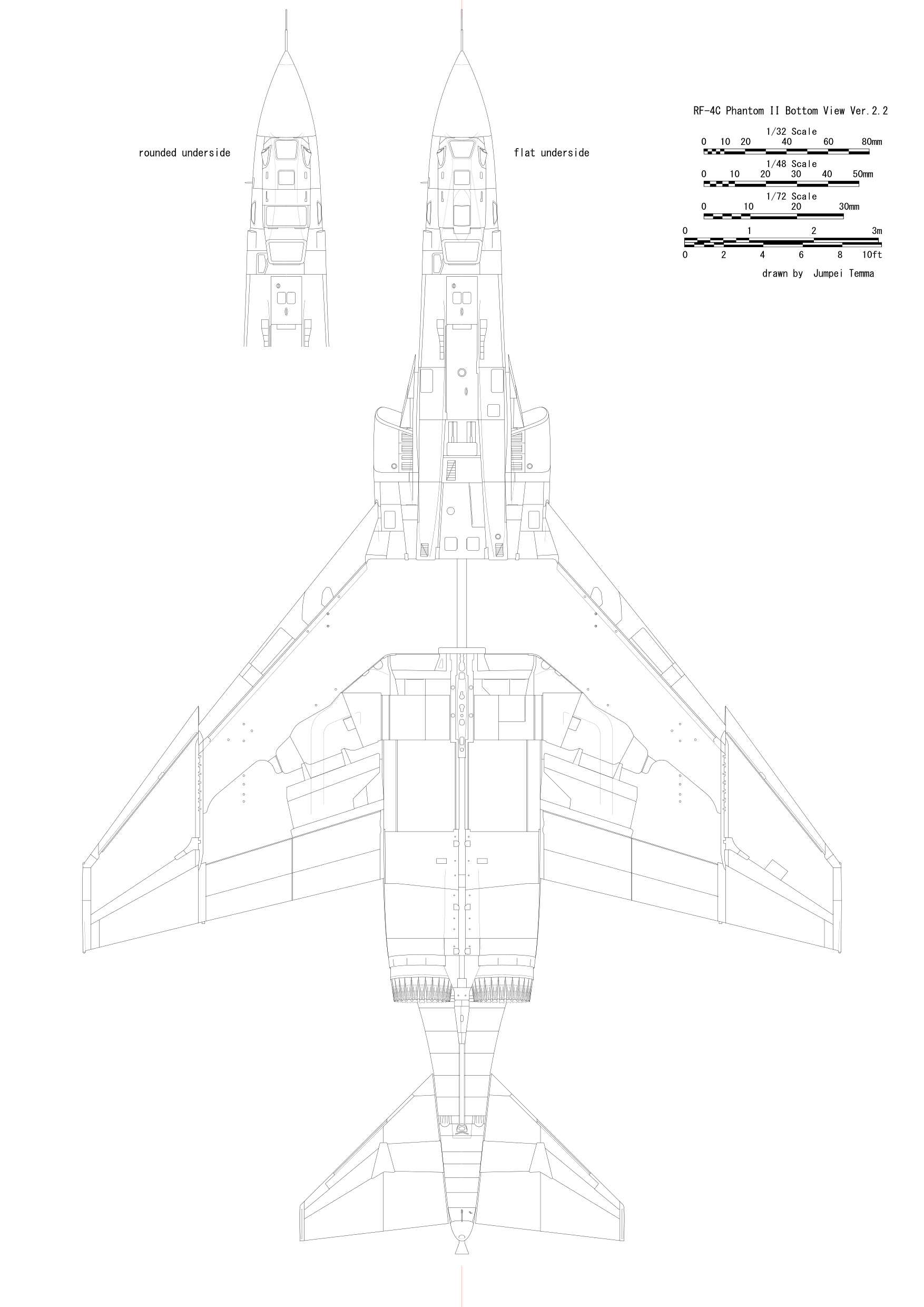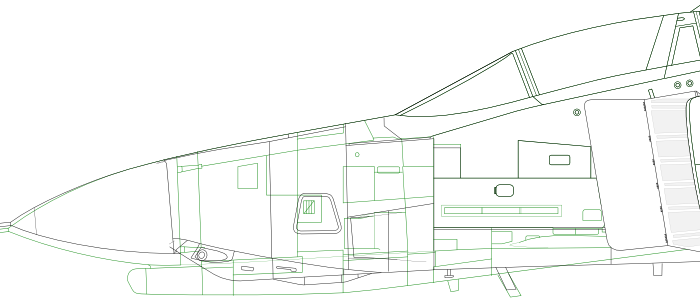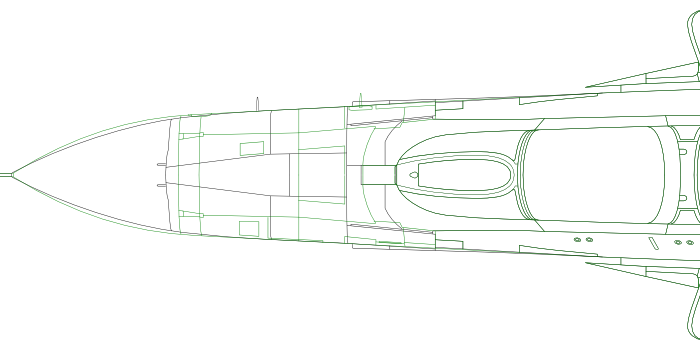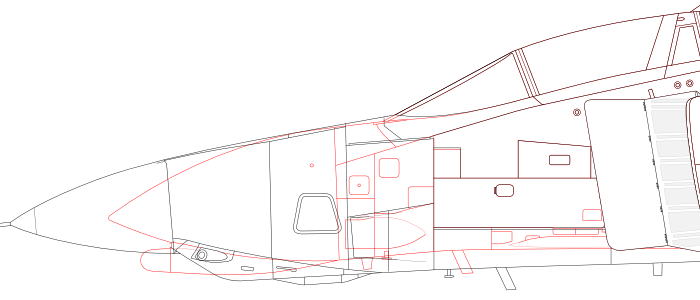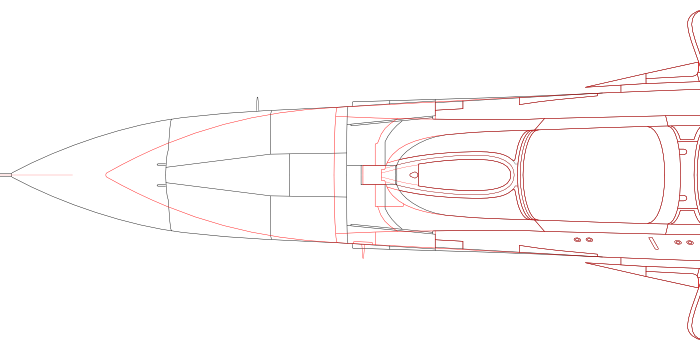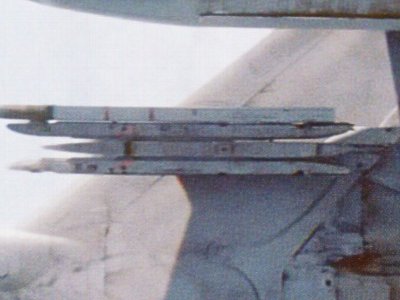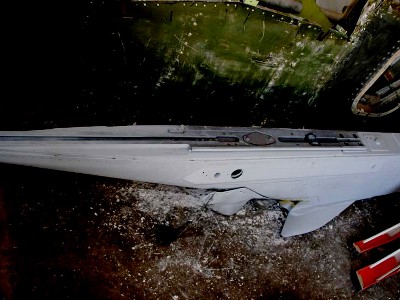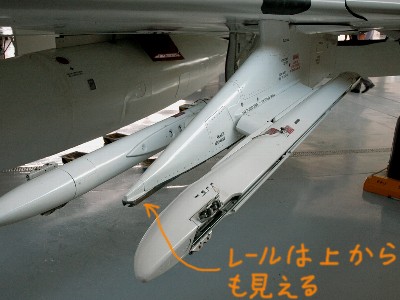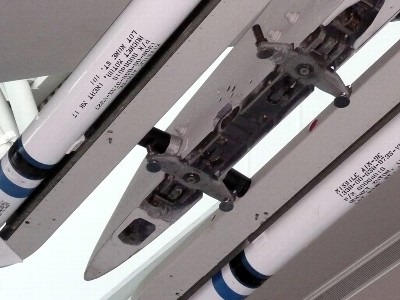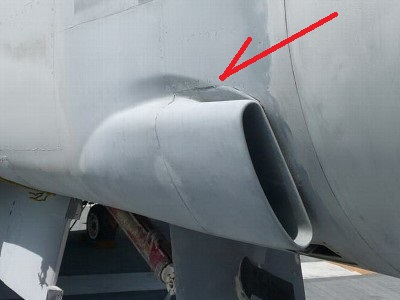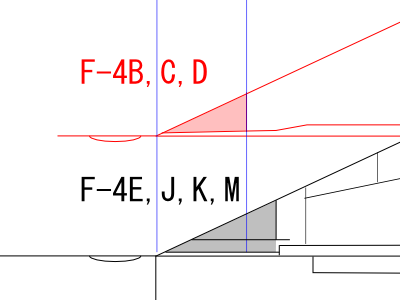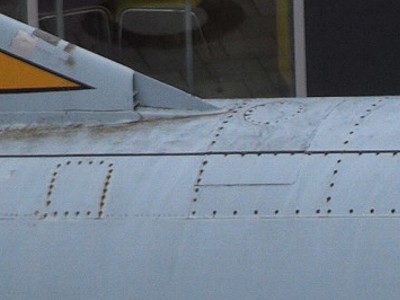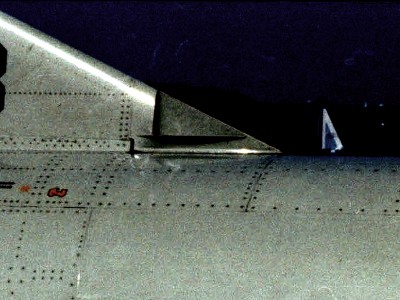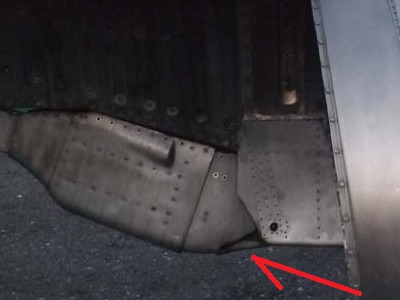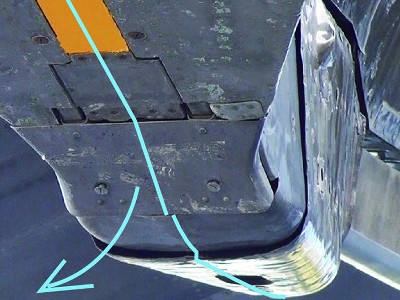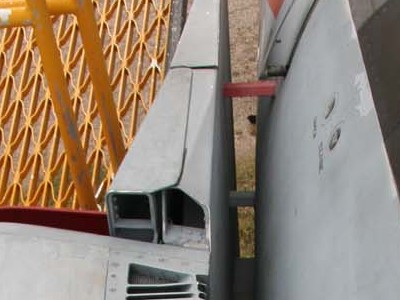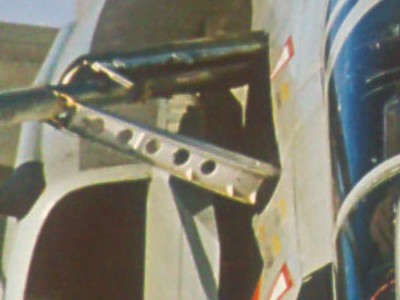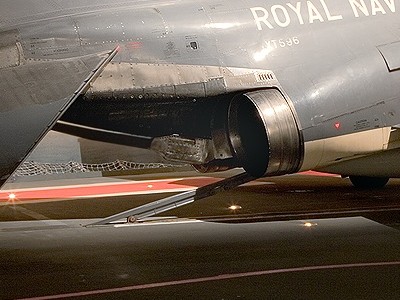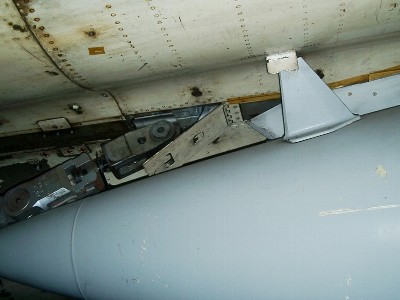| 1-1
|
Structural Repair Instructions Manual NAVY Models F-4A, F-4B & RF-4B Aircraft
| -
|
The Chief of the Bureau
of Naval Weapons
|
| 1-2
|
Plane Captains' Handbook F-4K/M
| -
|
-
|
| 2
|
Famous Airplanes Of The World (New Eddition ) No.74 F-4 Phantom II Navy Model
| 4-89319-071-7
|
Bunrindo
|
| 3
|
Famous Airplanes Of The World (New Eddition ) No.82 F-4 Phantom II Export Model
| 4-89319-079-2
|
Bunrindo
|
| 4
|
Famous Airplanes Of The World (New Eddition ) No.86 F-4 Phantom II USAF Model
| 4-89319-084-9
|
Bunrindo
|
| 5
|
Famous Airplanes Of The World (New Eddition ) No.167 F-4A,B,N Phantom II
| 978-4-89319-237-0
|
Bunrindo
|
| 6
|
Famous Airplanes Of The World (New Eddition ) No.168 F-4C,D Phantom II
| 978-4-89319-238-7
|
Bunrindo
|
| 7-1
|
Famous Airplanes Of The World (New Eddition ) No.180 Spey Phantom
| 978-4-89319-256-1
|
Bunrindo
|
| 7-2
|
Famous Airplanes Of The World (New Eddition ) No.183 F-4E,F,G Phantom II
| 978-4-89319-260-8
|
Bunrindo
|
| 8
|
Famous Airplanes Of The World (Old Eddition ) No.23 McDonnell Douglas F-4E Phantom II March 1972 |
-
|
Bunrindo
|
| 9
|
Famous Airplanes Of The World (Old Eddition ) No.99 F-4 Phantom Navy Model (II) July 1978
|
-
|
Bunrindo
|
| 10
|
Famous Airplanes Of The World (Old Eddition ) No.114 F-4 Navy Model(III) Oct.1979
|
-
|
Bunrindo
|
| 11
|
Famous Airplanes Of The World (Old Eddition ) No.118 F-4E/F/G March 1980
|
-
|
Bunrindo
|
| 12
|
Famous Airplanes Of The World (Old Eddition ) No.124 F-4C/D Phantom March 1981
|
-
|
Bunrindo
|
| 13-1
|
Koku-fun Illustated No.21 Air War in VIetnam
|
-
|
Bunrindo
|
| 13-2
|
Koku-fun Illustated No.36 F-4 Phantom II
|
-
|
Bunrindo
|
| 14
|
Koku-fun Illustated No.54 F-4 Phantom II
|
-
|
Bunrindo
|
| 15-1
|
Koku-fun Illustated No.81 CVW-5
|
-
|
Bunrindo
|
| 15-2
|
Koku-fun Illustated No.103 JASDF 1998 |
-
|
Bunrindo
|
| 16
|
Koku-fun Illustated No.113 U.S.NAVY Colors
|
-
|
Bunrindo
|
| 17
|
Koku-fun Air Combat No.1,4,5,7,9,12,19
|
-
|
Bunrindo
|
| 18-1
|
Aero Detail 4 McDonnell Douglas F-4 Phantom II part 1 Navy Model
|
4-499-20575-1
|
Dainippon-Kaiga
|
| 18-2
|
Replica October Extra Special Issue British Phantom of RN / RAF
|
-
|
Tac Eddition
|
| 18-3
|
Military Aircraft May 1995 Air War over Gulf War
|
-
|
Delta Shuppan
|
| 19
|
F4 Phantom II In Action Aircraft No.5
|
0-89747-044-4
|
Squadron/Signal Publications
|
| 20
|
F-4 Phantom II In Action Aircraft No.65
|
0-89747-154-7
|
Squadron/Signal Publications
|
| 21
|
F-4E Phantom II Walk Around No.45
|
0-89747-511-9
|
Squadron/Signal Publications
|
| 22
|
...And Kill MiGs
|
0-89747-056-7
|
Squadron/Signal Publications
|
| 23
|
Phantom II A Pictorial History of the McDonnell Douglas F-4 Phantom II
|
0-89747-062-1
|
Squadron/Signal Publications
|
| 24
|
TAC A Pictoorial History of the USAF Tactical Air Forces 1970-1977
|
0-89747-064-8
|
Squadron/Signal Publications
|
| 25
|
Blue Angels U.S. Navy Flight Demonstation Teams 1928-1981
|
0-89747-117-2
|
Squadron/Signal Publications
|
| 26
|
Air War Over Southeast Asia A Pictorial Record Vol.1 1962-1966
|
0-89747-134-2
|
Squadron/Signal Publications
|
| 27
|
Air War Over Southeast Asia A Pictorial Record Vol.2 1967-1970
|
0-89747-140-7
|
Squadron/Signal Publications
|
| 28
|
Air War Over Southeast Asia A Pictorial Record Vol.3 1971-1975
|
0-89747-148-2
|
Squadron/Signal Publications
|
| 29
|
Wild Weasel The SAM Suppression Story
|
0-89747-304-3
|
Squadron/Signal Publications
|
| 30
|
Air War Desert Storm
|
0-89747-260-8
|
Squadron/Signal Publications
|
| 31
|
USN Aircraft Carrier Air Units Vol.2 1957-1963
|
0-89747-172-5
|
Squadron/Signal Publications
|
| 32
|
USN Aircraft Carrier Air Units Vol.3 1964-1973
|
0-89747-218-7
|
Squadron/Signal Publications
|
| 33
|
56th Fighter Group
|
0-89747-240-3
|
Squadron/Signal Publications
|
| 34
|
Fighter Squadron Fourteen "Tophatters"
|
0-89747-297-7
|
Squadron/Signal Publications
|
| 35
|
USAF Phantoms in Combat
|
0-89747-186-5
|
Squadron/Signal Publications
|
| 36
|
USN Phantoms in Combat
|
0-89747-213-6
|
Squadron/Signal Publications
|
| 37
|
USMC Phantoms in Combat
|
0-89747-235-7
|
Squadron/Signal Publications
|
| 38
|
C&M Vol.3 F-4C Phantom II part1 Post Vetnam Markings 1974-1984
|
0-8168-4527-1
|
Arms & Armour Press
|
| 39
|
C&M Vol.4 F-4D Phantom II part1 Post Vetnam Markings
|
0-85368-684-X
|
Arms & Armour Press
|
| 40
|
C&M Vol.12 MiG Kill Markings from the VietNam War part1
|
0-85310-612-7
|
Arms & Armour Press
|
| 41
|
C&M Vol.13 F-4E Phantom II - Post-Vietnam Markings
|
1-85310-614-3
|
Airlife Publishing
|
| 42
|
C&M Vol.17 U.S.Navy F-4 Phantoms part1 Atlantic Coast Markings
|
1-85310-624-0
|
Airlife Publishing
|
| 43
|
C&M Vol.22 U.S.Navy F-4 Phantom part2 Pacific Coast Squadrons
|
0-8902-4194-5
|
Airlife Publishing
|
| 44
|
D&S Vol.1 F-4 Phantom II part1 (USAF F-4C,F-4D,RF-4C)
|
0-8168-5011-9
|
Aero Publishers
|
| 45
|
D&S Vol.7 F-4 Phantom II part2 (USAF F-4E & F-4G)
|
0-8168-5017-8
|
Aero Publishers
|
| 46
|
D&S Vol.12 F-4 Phantom II part3 (USN & USMC Versions)
|
0-85368-588-6
|
Aero Publishers
|
| 47
|
D&S Vol.43 F-4C, F-4D & RF-4C Phantom II
|
0-8902-4204-6
|
Airlife Publishing
|
| 48
|
Aicraft of the Aces 60 Israeli F-4 Phantom II Aces
|
1-84176-783-2
|
Osprey Publishing
|
| 49
|
Combat Aircraft 23 Arab-Israeli Air Wars 1947-82
|
1-84176-294-6
|
Osprey Publishing
|
| 50
|
Combat Aircraft 26 US Navy F-4 Phantom II MiG Killers 1965-70
|
1-84176-163-X
|
Osprey Publishing
|
| 51
|
Combat Aircraft 30 US Navy F-4 Phantom II MiG Killers 1972-73
|
1-84176-264-4
|
Osprey Publishing
|
| 52
|
Combat Aircraft 37 Iranian F-4 Phantom II Units In Combat
|
1-84176-658-5
|
Osprey Publishing
|
| 53
|
Combat Aircraft 45 USAF F-4 Phantom II MiG Killers 1965-68
|
1-84176-656-9
|
Osprey Publishing
|
| 54
|
Combat Aircraft 55 USAF F-4 Phantom II MiG Killers 1972-73
|
1-84176-657-7
|
Osprey Publishing
|
| 55
|
Combat Aircraft 94 US Marine Corps F-4 Phantom II Units of the VietNam War
|
978-1-84908-751-3
|
Osprey Publishing
|
| 56
|
Combat Aircraft 116 US Navy F-4 Phantom II Units of the VietNam War 1964-68
|
978-1-4728-1451-7
|
Osprey Publishing
|
| 57
|
Air Vanguard 7 USAF McDonnell Douglas F-4 Phantom II
|
978-1-7809-6608-3
|
Osprey Publishing
|
| 58
|
Air Vanguard 22 USN McDonnell Douglas F-4 Phantom II
|
978-1-4728-0495-2
|
Osprey Publishing
|
| 59
|
Duel 12 F-4 Phantom II vs MiG-21
|
978-1-84603-316-2
|
Osprey Publishing
|
| 60
|
Duel 23 USN Phantom II vs VPAF Mig-17/19
|
978-1-84603-475-6
|
Osprey Publishing
|
| 61-1
|
Warpaint 31 McDonnell Douglas F-4K and F-4M Phantom
|
-
|
Hall Park Books
|
| 61-2
|
Warpaint 114 F-4 Phantom II US Navy, US Marine Corps and RAF F-4J (UK)
|
-
|
Hall Park Books
|
| 62
|
Warbird Tech 8 McDonnell Douglas F-4 Gun Nosed Phantoms
|
0-933424-71-X
|
Specialty Press
|
| 63
|
Aeroguide 13 McDonnell Phantom FG Mk1/FGR Mk2
|
0-946958-14-9
|
Linewrights
|
| 64
|
Aeroguide 25 McDonnell Douglas F-4J(UK)Phantom
|
0-946958-32-7
|
Linewrights
|
| 65-1
|
AirDOC 01 USAFE Phantoms part1 The MDD F-4 Phantom II Over Germany
|
3-935687-02-8
|
AirDOC
|
| 65-2
|
AirDOC 05 British Phantoms The Phantom FGR.2(F-4M) of the RAF in Germany
|
3-935687-05-2
|
AirDOC
|
| 66
|
AirDOC 06 Luftwaffe Phantoms part1 The MDD F-4F Phantom II in German Air Force Service 1973-1982
|
3-935687-06-0
|
AirDOC
|
| 67
|
AirDOC 07 Luftwaffe Phantoms part2 The MDD F-4F Phantom II in German Air Force Service 1982-2003
|
3-935687-07-9
|
AirDOC
|
| 68
|
AirDOC 08 Luftwaffe Phantoms part3 The MDD RF-4E Phantom II in German Air Force Service
|
3-935687-08-7
|
AirDOC
|
| 69
|
AirDOC 09 Luftwaffe Phantoms part4 German Air Force RF-4E and F-4F Trial and Special Commemorative Camouflage
|
3-935687-09-5
|
AirDOC
|
| 70-1
|
Modellers Datafile 2 RAF & Royal Navy Phantom FG.1,FGR.2 & F-4J(UK)
|
978-1-906959-37-1
|
SAM Publications
|
| 70-2
|
Modellers Datafile 12 McDonnell Douglas F-4 Phantom II part1 USAF Variants
|
0-9551858-3-0
|
SAM Publications
|
| 71
|
Modellers Datafile 13 McDonnell Douglas F-4 Phantom II part2 US Navy & Marine Corps Variants
|
0-9551858-4-7
|
SAM Publications
|
| 72
|
USAF F-4 and F-105 MiG Killers of the VietNam War 1965-1973
|
0-76432-256-7
|
Schiffer
|
| 73
|
Aerofax Minigraph 4 McDonnell F-4D
|
0-942548-09-4
|
Aerofax
|
| 74
|
Aerofax Minigraph 13 McDonnell RF-4 Variants
|
0-942548-18-3
|
Aerofax
|
| 75
|
Aerofax Minigraph 20 McDonnell F-4E
|
0-942548-24-8
|
Aerofax
|
| 76
|
Verlinden Lock On 8 F-4E Phantom II
|
90-70932-20-2
|
Verlinden Publications
|
| 77
|
Verlinden Lock On 10 British Phantoms F-4J/FGR.1 & FGR.2
|
90-70932-23-7
|
Verlinden Publications
|
| 78
|
F-40 Vol.46 RF-4E Phantom II 1982-1995
|
3-935761-46-5
|
BMVD
|
| 79
|
Phantoms Forever
|
0-85045-742-4
|
Motorbooks International
|
| 80
|
British Phantoms A Special Tribute to a Cold War Legend
|
978-1-912205-06-6
|
Key Publishing
|
| 81
|
F-4E Phantom II AUP Phantom Under the Skin Vol 1
|
978-618-81376-5-3
|
Eagle Aviation
|
| 82
|
RF-4E & F4E Phantom Under The Skin Vol 2
|
978-618-81376-7-7
|
Eagle Aviation
|
| 83
|
Photo Gallery & Profiles vol.3 F/RF-4E Phantom II
|
978-960-6740-75-6
|
Periscopio Publications
|
| 84
|
The Modern Phantom Guide : The F-4 Phantom Exposed
|
978-0-9795064-5-1
|
Reid Air Publications
|
| 85-1
|
USMC Phantoms The RF-4B in the Tactical Reconnaissance Role 1965-1990
|
978-3-935687-86-7
|
Double Ugly! books
|
| 85-2
|
British Phantoms The Phantom FG Mk.1 and FGR Mk.2 in Royal Navy and RAF Service 1966-1978
|
978-3-935687-84-3
|
Double Ugly! books
|
| 85-3
|
British Phantoms The Phantom FG Mk.1, FGR Mk.2 and F-4J(UK) in Royal Air Force Service 1979-1992
|
978-3-935687-85-0
|
Double Ugly! books
|
| 85-4
|
US NAVY Phantoms Atlantic and Pacific Fleet Units 1960-2004
|
978-3-935687-83-6
|
Double Ugly! books
|
| 86
|
Luftwaffen Phantoms Die McDonnell Douglas F4 Phantom II im Dienst der Bundesluftwaffe
|
3-935687-00-1
|
AirDOC
|
| 87
|
The Last Of The Phantoms
|
0-946958-31-9
|
Linewrights
|
| 88
|
Phantom Squadrons Of The Royal Air Force And Fleet Air Arm
|
1-85260-612-6
|
Patric Stephens Limited
|
| 89
|
McDonnell Douglas F4 Phantom Owners' Workshop Manual
|
978-1-84425-996-0
|
Haynes Publishing
|
| 90
|
US NAVY Q/F-4B/J/N/S Phantom
|
978-90-806747-9-0
|
DACO Publications
|
